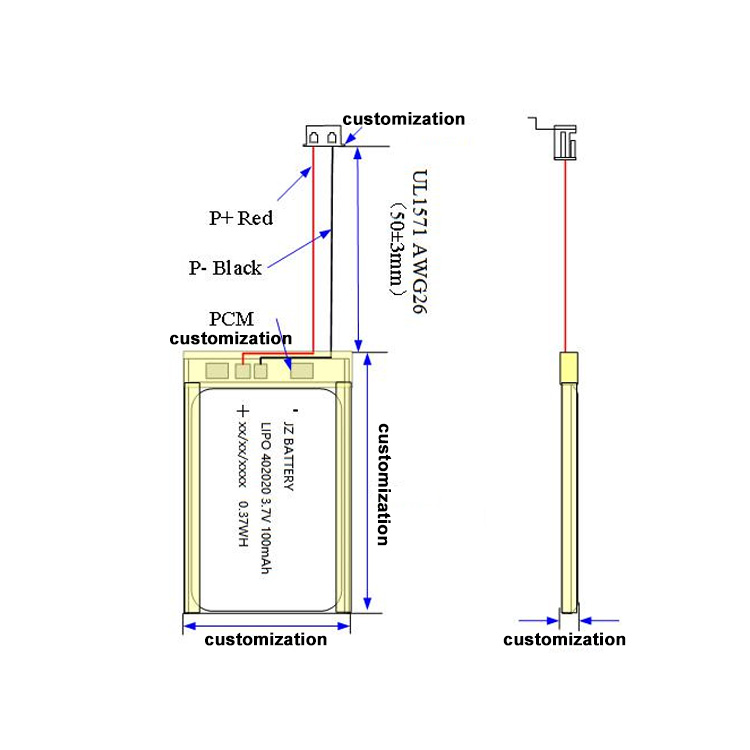Battery Maintenance
https://www.ludabattery.com/tips-you-should-know-about-lithium-polyme… (306)http://www.ludabattery.com (278)
Not many things in your car are more important than battery maintenance. Think about it: you could have the rest of the car in perfect condition, but if the battery won't fire up your ride, you're out of luck. The first thing to check is for signs of corrosion buildup. That will typically be seen where the thick battery cables or wires are attached to the terminals on the battery itself. Any corrosion you find there should be cleaned right away. You can eliminate many battery problems by making certain that the connections are tight and everything is clean without any corrosion buildup.
If your battery still needs servicing (most modern batteries no longer need servicing) check the fluid level - but be sure to check it when the battery is fully charged. Distilled water is the best type of water to use when adding fluids to the battery. Tap water can be used if no distilled water is available, and it is certainly better than having the battery run completely dry! Since tap water can have added chemicals and minerals that will reduce the battery's otherwise long life. Be sure to watch carefully when filling the battery and don't overfill it. Especially in warmer weather, overfilling can start the corrosion process sooner which will eventually cause starting problems.
One of the neat tricks you can use to help prevent corrosion build-up is to place some silicone sealer at the base of the post and then coat the post itself and the cable with some extra grease or Vaseline. After reattaching the cables, make certain all the connections are tight and secure. This will help prevent outgassing from the battery onto the cable connection which triggers corrosion.
Enhancing Battery Performance and Extending Battery Life
The modern automobile, truck, or SUV demands more power than ever before. This increased demand will reduce battery life over time. People's complaints about their batteries generally come down to two things: either the battery won't take a charge or hold it once it's been charged. The demand for batteries is such that fewer than one-third will still be in use after four years.
One of the leading causes of battery failure can be attributed to sulfation eighty percent of the time. Here's the chain of events: as the battery is being used, sulfur molecules are discharged from the battery acid. The interior of the battery is made up of lead plates which get coated deeper and deeper with the sulfur molecules. After a period of time the excess sulfur coating the lead plates will prevent the battery from holding a charge, and you're out of luck.
Some of the leading causes of sulfating:
A battery sitting idle between charges. Sulfation starts within 24 hours of the battery being used in hot weather and within several days in cool weather.
A battery that is sitting in storage over time.
A battery that has been deeply discharged.
A battery that is undercharged. Here's how that works: if you only charge a battery to 90% of its capacity, the other 10% of the battery chemistry is where the sulfation starts.
A battery sitting in temperatures over 100°F. As temperatures increase, internal discharging becomes more of an issue. If you leave a fully charged battery that is not being used in temps over 110°, within 30 days of the battery will probably not work.
Battery plates that have low electrolyte levels and come in contact with the air.
Cheap battery chargers that have false or inaccurate charging levels. (That will, in fact, do more harm than good).
A cold battery is more prone to sulfation. In fact, a deeply discharged battery can even freeze when temperatures fall below 0°F.
Choosing and Buying a New Battery
The first thing to look out for in considering a new battery is reserve capacity and high amp hours. Obviously, you need to have a battery that is the correct size for your vehicle and has the correct connections and terminals. Something else you might want to consider is a gell cell or what's called an absorbed glass mat (AGM) battery instead of a wet cell battery. You'll find this to be particularly helpful if the battery will not have regularly scheduled maintenance.
Another thing to consider is the demand of the job that you're going to be placing on the battery. For example, a battery whose only job is to start an engine will have different constraints than a deep cycle battery.
The last thing to check while shopping for a new battery is the date of manufacture. A battery that has been sitting on a shelf without being charged already has sulfation buildup occurring. The date of manufacture is stamped on the battery using letters of the alphabet to show the month and numbers to show the year of manufacture. For example, if you see H1, you'll know that that battery was manufactured in August of 2011.
All in all, thinking about these important things ahead of time will help ensure that the all-important battery will start your ride each and every time you need it to.more information please visit www.ludabattery.com



